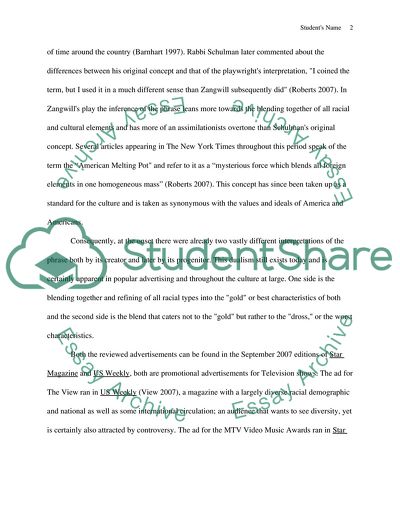Cite this document
(Crucible of Commercialism, Concept of the Melting Pot in Popular Coursework, n.d.)
Crucible of Commercialism, Concept of the Melting Pot in Popular Coursework. https://studentshare.org/marketing/1709070-race-identity-and-advertising-arguementative-essay
Crucible of Commercialism, Concept of the Melting Pot in Popular Coursework. https://studentshare.org/marketing/1709070-race-identity-and-advertising-arguementative-essay
(Crucible of Commercialism, Concept of the Melting Pot in Popular Coursework)
Crucible of Commercialism, Concept of the Melting Pot in Popular Coursework. https://studentshare.org/marketing/1709070-race-identity-and-advertising-arguementative-essay.
Crucible of Commercialism, Concept of the Melting Pot in Popular Coursework. https://studentshare.org/marketing/1709070-race-identity-and-advertising-arguementative-essay.
“Crucible of Commercialism, Concept of the Melting Pot in Popular Coursework”. https://studentshare.org/marketing/1709070-race-identity-and-advertising-arguementative-essay.


